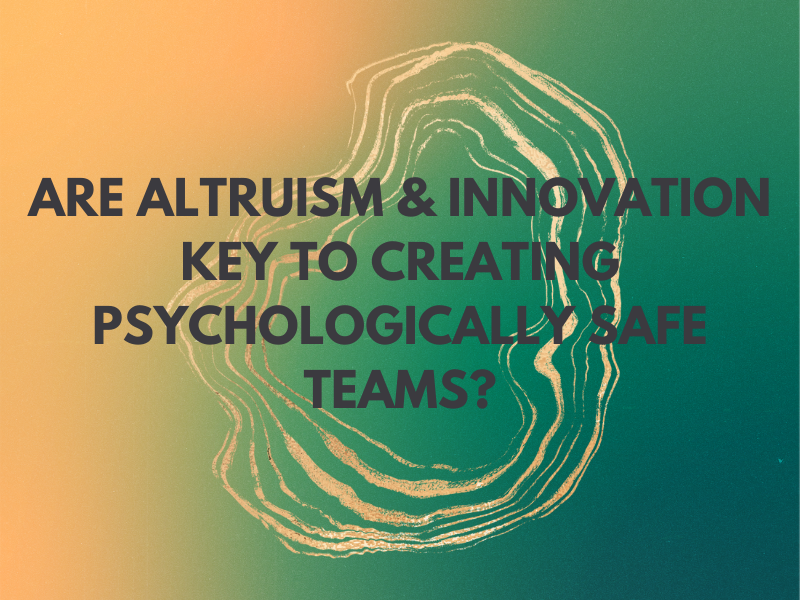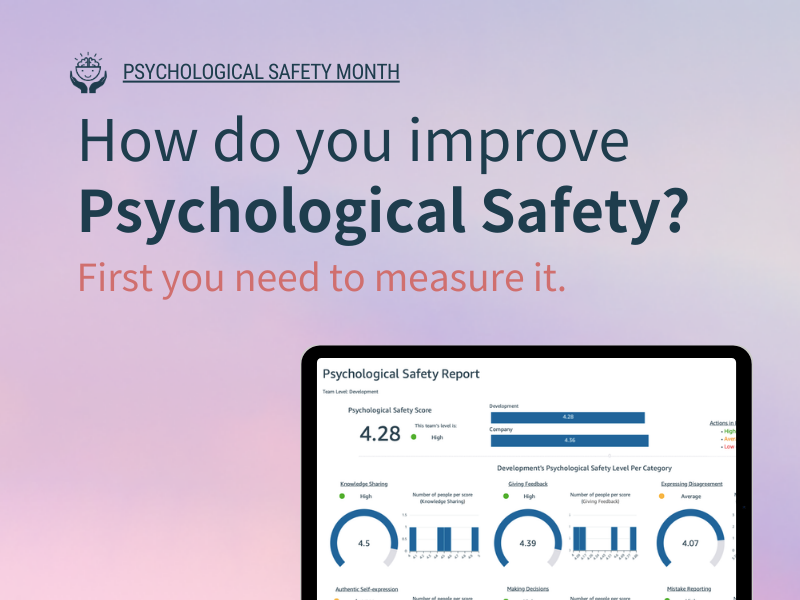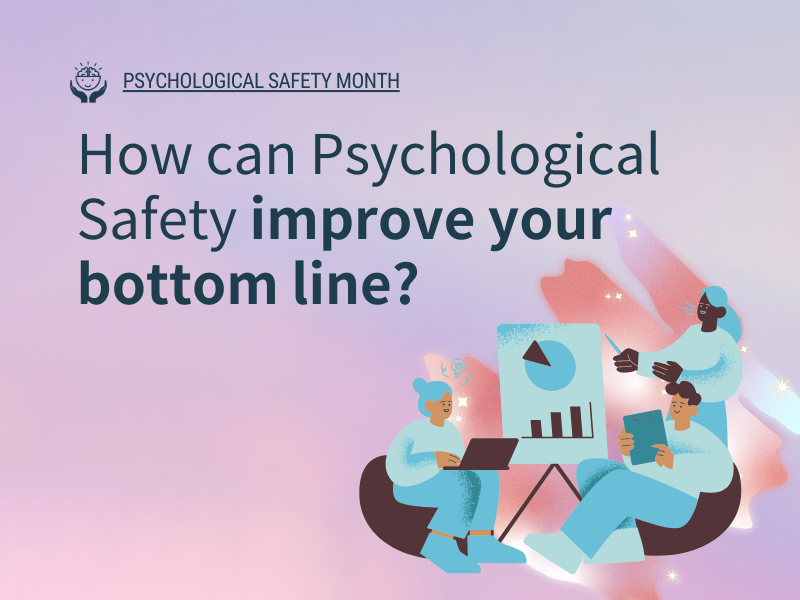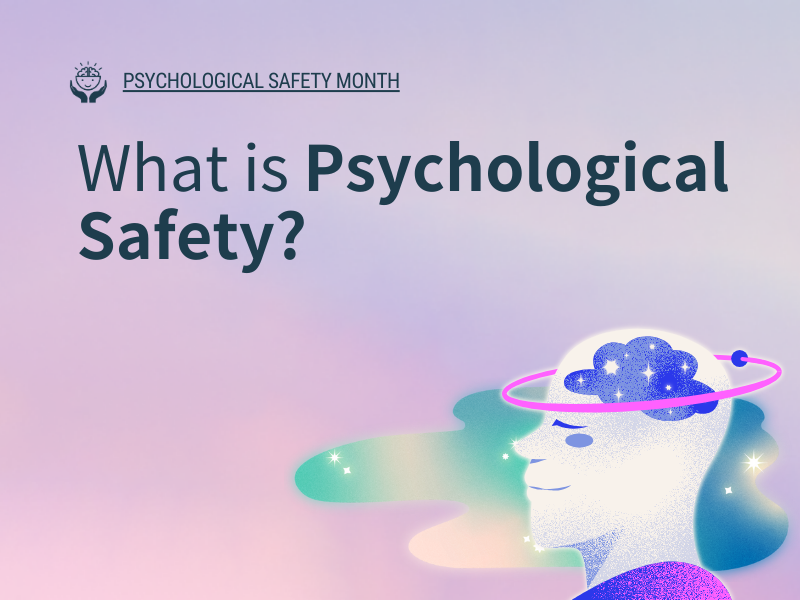To be motivated by Innovation means to be drawn to creative and novel environments and tasks in all areas of life.
Key factors for people with Innovation as a top motivator:
-
Creativity
-
Novel approaches, tasks and solutions
-
Establishing or creating something new
-
Examining several viewpoints at once
-
Self-expression
People who are motivated by Innovation also tend to be early in the curve to adopt new ideas, and new technologies:

Although the aforementioned Dr Edmondson coined the term Psychological Safety all the way back in 1999, it took a few years for the concept to diffuse. And while it has grown steadily in popularity ever since (see chart below), it is still a concept that most people don’t fully understand, never mind knowing how to implement it or measure it.

Most people who are exposed to the concept agree that Psychological Safety is important, but we are still in the very early days of being able to systematically implement it and measure it, and nowhere near being able to consciously create it at scale, except in the rarest of cases.
Given the newness of the concept, it follows that leaders who are highly motivated by Innovation tend to gravitate towards Psychological Safety in greater numbers (as part of the 2.5% Innovator / 13.5% Early Adopter cohort) than those with low Innovation needs. In short, their desire to embrace novel approaches and solutions translates into a desire to explore, understand and ultimately implement Psychological Safety in their teams.
The implementation of Psychological Safety is currently achieved mainly through training sessions and building awareness, but increasingly it will be done through technology (like Attuned). Managers with high Innovation needs will doubtless drive this adoption, and will consequently create teams with Psychological Safety at a likely higher rate than those predominantly driven by nine of Attuned’s other 11 Intrinsic Motivators (Altruism being the exception).
After all, to be innovative you need to explore, you need to make mistakes, you need to be open, and you need to be truthful with feedback—all behaviors that help to create Psychological Safety.







